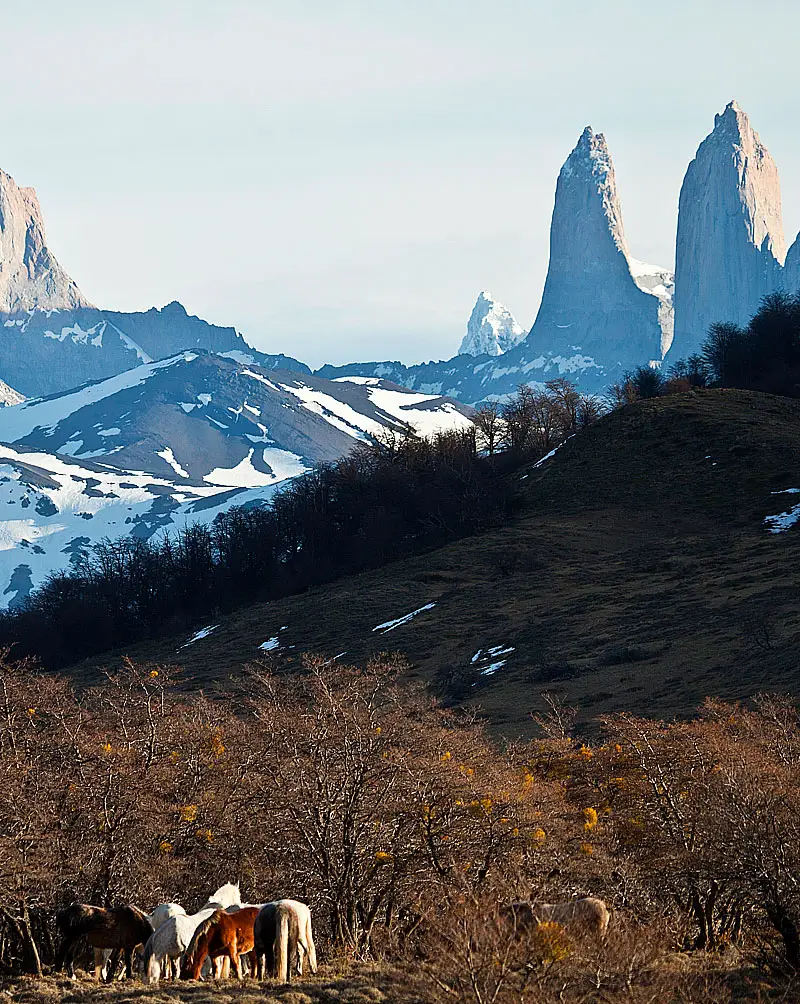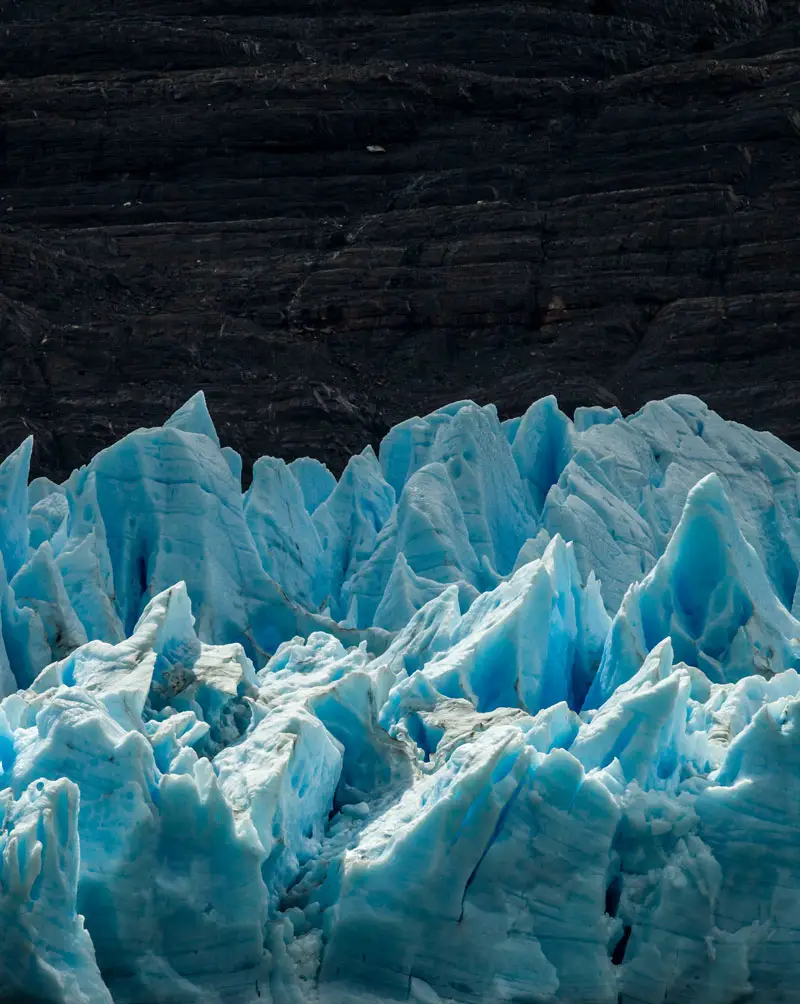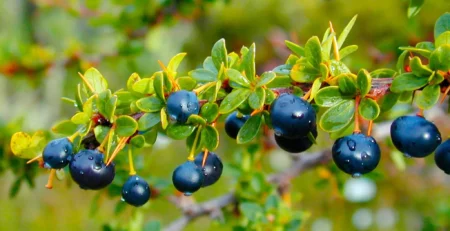Torres del Paine National Park
I
t has been declared the Eighth Wonder of the World and a Biosphere Reserve by Unesco, the Paine Massif is known as one of the most beautiful mountains on the planet. Formed 12 million years ago, it is geological poetry and a magnetic attraction for trekking and climbing enthusiasts, making it the third most visited park in the country. The complete circuit, called “Circuito Macizo Paine”, as well as the “W”, are among the must-see hikes in Chile and the world. They offer a spectacular show of turquoise lakes, glaciers, forests and extensive pampas, home of species such as the Puma, Huemul, Ñandú and Guanaco.
Navigate, either by boat or kayak, to the Grey Glacier through the icebergs and appreciate the Cordon Olguin on sunny days.
Flora
The park has 14 ecosystem types and more than 270 vegetation species. To the west, the Ice Field’s influence translates into more precipitation, which disappears as you move east. The main vegetation types are the Matorral Preandino, the Magellanic Forest, the Patagonian Steppe and the Andean Desert. In spring the Notros, Neneos and gray Matas bloom and you can find other beautiful species such as the Capachito and the Zapatito de la Virgen, as well as other Orchid species. The Calafates and Chauras fruits delight visitors, while the Lengas and Ñirres turn red in autumn.


Culture
The Aonikenks or Tehuelches were expert nomadic and terrestrial hunters who inhabited Patagonia. They hunted mainly guanaco and ñandu using bow, arrow and spear. Once the horse was harnessed during the 18th century, they extended their routes across the southern steppe and made new hunting tools, such as the bolas. They were the first people to have contact with the civilized world. The legend began in 1520, when Hernando de Magallanes arrived at San Julián Bay. Antonio Pigafetta, expedition’s chronicler, started the myth about the giant settlers of the end of the world. The name Patagón remained engraved in the navigators’ minds for centuries. The Patagones, today known as Aonikenks or Tehuelches, were tall and strong men and their average height reached 71 inches.


Leave a Reply